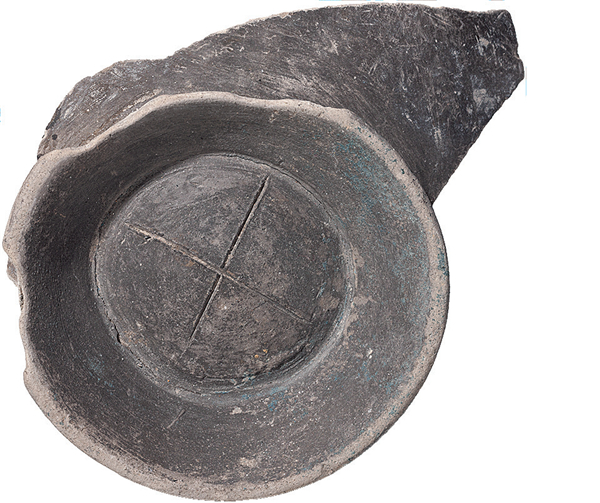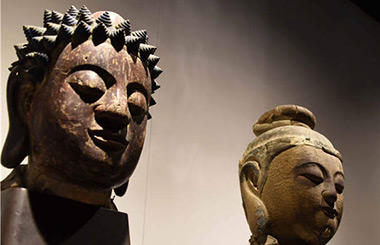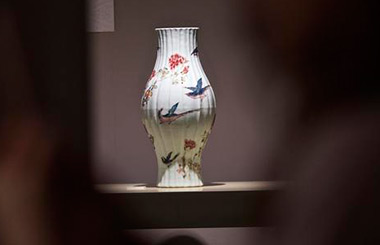 |
|
Liangzhu relics in Hangzhou, the capital of East China’s Zhejiang province, is widely thought to be a strong evidence that the Chinese civilization is more than 5,000 years old. [Photo provided to chinadaily.com.cn]
|
Zhang Zhongpei, an archaeologist, had said at the book's launch that they weren't sure if the symbols and marks were "words" of that era. More research was necessary to decode them.
According to him, it provided materials for archaeologists in China to study primitive words ahead of inscriptions on bones of the Shang Dynasty (16th-11th BC). Although the pictographs are yet to be fully understood, a divine emblem that depicts a man with an animal's body is commonly thought by experts to be a symbol of religion.
Zhao Hui, an archaeology professor at Peking University, says the accurate image of the emblem on lots of jade artifacts unearthed from tombs of aristocrats was for religious use. The emblem was delicately carved on a 6.5kg jade artifact unearthed in a tomb, which is thought to belong to a king of the Liangzhu era.
























 Raymond Zhou:
Raymond Zhou: Pauline D Loh:
Pauline D Loh: Hot Pot
Hot Pot Eco China
Eco China China Dream
China Dream China Face
China Face





